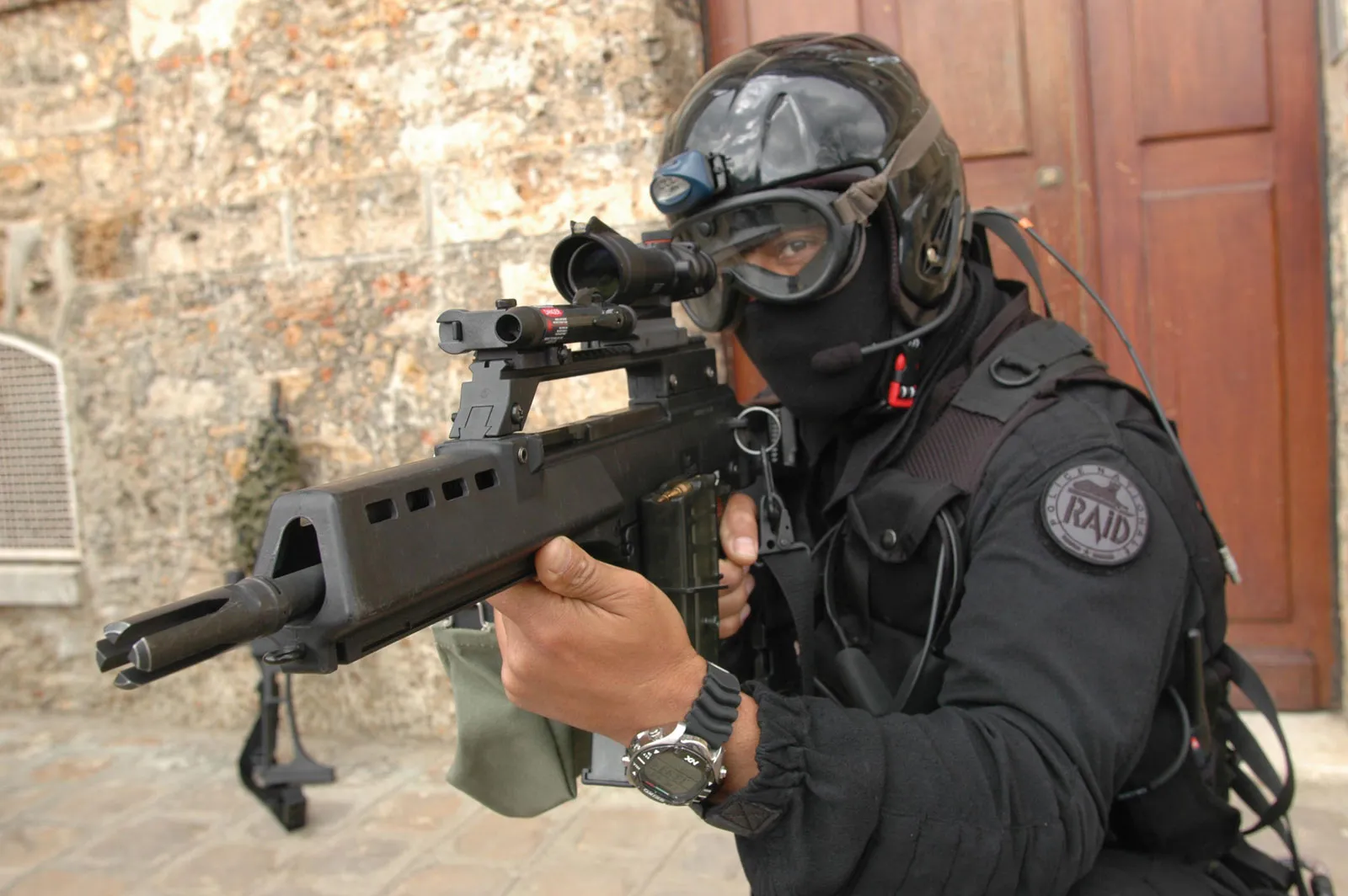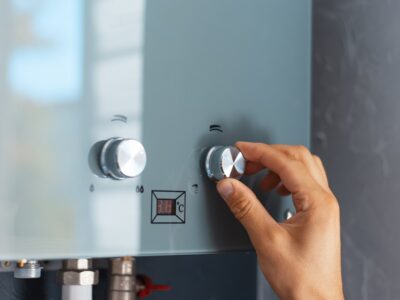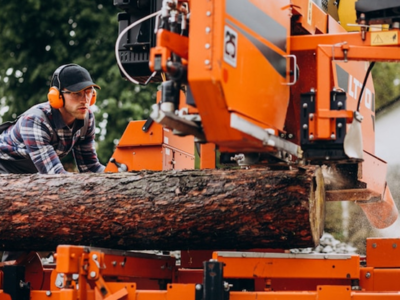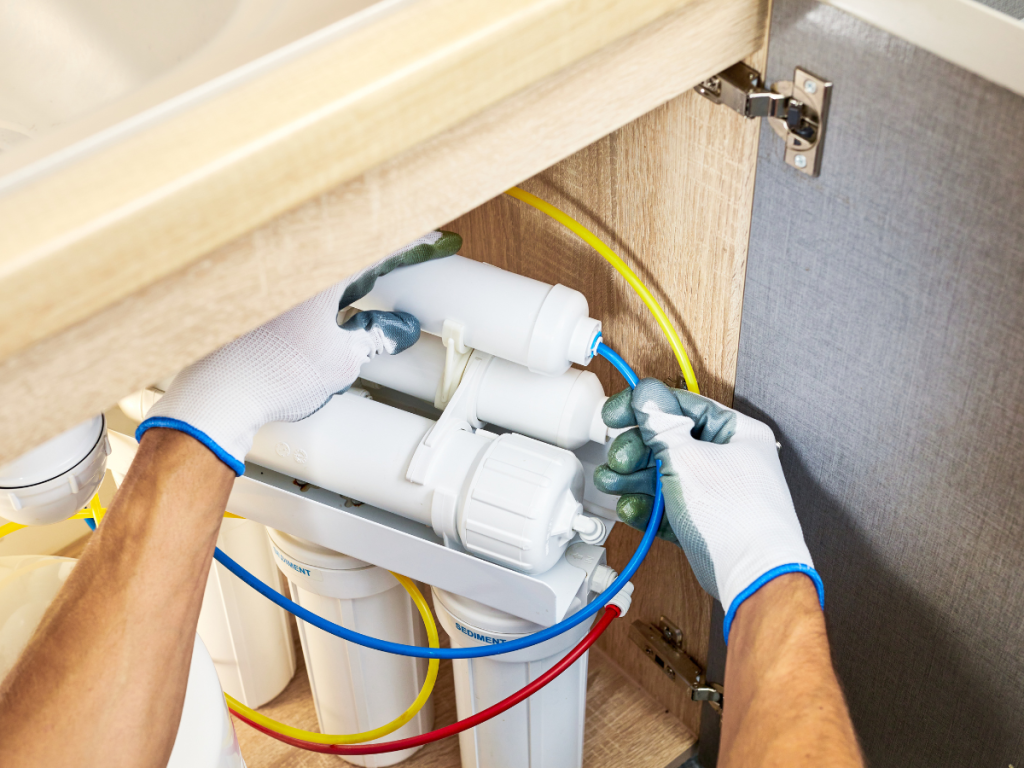Every officer will carry certain equipment while on patrol. Typically, these are provided by the agency where the officer works. As you embark on your first patrol, you may learn that you need to bring additional items. You can also purchase vital tactical gear to guarantee that you are well-prepared.
Consider the tools you regularly carry with you and whether or not you need to expand your armory. Options you may not have considered could enhance the effectiveness of your patrol or just ensure that you are prepared for any situation that may come during your shift.
Each officer on duty must carry the following equipment:
The agency will supply you with a uniform. They may also dictate your choice of body armor and footwear. Ensure that you understand how to operate all of the offered equipment. When confronted with a crisis, ignorance can be hazardous.
You must be comfortable with your service weapon. Typically, police officers have a selection of weapons and ammunition. You are responsible for maintaining your weapon’s cleanliness and firing readiness. You should also have additional ammunition available.
Depending on your station, you may be required to carry a radio on your shoulder or duty belt. It is essential to be intimately familiar with your organization’s codes. Typically, we forget things following a stressful occurrence. The difficulty is knowing how to ask for assistance when you require it.
If your department does not provide a flashlight, you should carry one in your kit bag. You never know when it will come in handy. Possible extras include a nightstick, a knife, and/or pepper spray. Employers generally provide these benefits.
Consider Adding These Items to Your Toolkit
It is imperative to possess a backup firearm. If you are unclear, you should consult your department’s policies governing the possession of a backup firearm. In terms of weaponry, shotguns are usually accessible in police trucks. It might be prudent to purchase more ammunition for this and your backup firearm.
Having additional water on hand is recommended. Dehydration can impair focus and leave you feeling exhausted. If you want to be at the top of your game, you must always have a bottle or thermos with you.
Extra handcuffs and a change of clothing are two additional items to carry. You never know when you’ll require a wardrobe change. If your uniform is damaged or soiled, you may be required to assist someone while stranded for an extended period.
You should always carry your medical information with you in case something prevents you from communicating. Despite the likelihood that you may never use it, it is prudent to have it on hand anyway. In addition, ensure that you have extra pens and other pertinent papers.
As you can see, significantly more equipment is required than you may expect. These more items can be added to your list. Each patrol, like each organization, is unique. Being prepared is half the battle, even if you never have to use these items.
Firearms
Correctly handling, storing, and employing firearms are all components of gun safety. Regular implementation of safe gun handling techniques can help reduce the number of gun-related accidents and injuries. Never pull the trigger unless you are one hundred percent sure you are prepared to fire the weapon. Always point your dog’s muzzle in a safe direction. Following these four guidelines is the simplest method to keep your firearms secure. Keep an eye on what is occurring in the distance at all times.
Make assured that the muzzle is pointed in a safe direction when holding a firearm. To achieve this, you must never, under any circumstances, aim the rifle at an object you do not intend to shoot. Additionally, it is prudent to avoid anything that moves. Act only when you are completely prepared to do so. As a precaution against unintended emissions, the weapon should be emptied when not in use. As a result, both illicit and inadvertent use has decreased significantly.
It is imperative to store a handgun in a secure position while it is not in use, and only the owner should have access to that location. It is essential to have a solid understanding of both your objective and your immediate surroundings. If you cannot see what lies beyond the objective, you will be unable to shoot at anything other than the chosen target.
Prioritizing one’s own safety is the responsibility of anyone who handles a firearm, regardless of ownership. Follow these four gun safety guidelines if you wish to keep yourself and others safe from the dangers of firearms.
The Most Reliable Way to Determine if a Gun is Loaded
The most reliable method for determining whether a firearm contains ammo is to inspect the chamber. Before firing the cannon, verify that it is pointed in a safe direction. After the magazine is removed, the action can commence. Assume the weapon is loaded if you observe it firing and take the proper safety precautions. This will safeguard you. Even if there is no bullet remaining in the chamber, you should still proceed with extreme caution. Always treat a firearm as though it were loaded when handling it.
Disarming a Firearm Procedures
In conclusion, there is no such thing as a risk-free weapon. Even if you do not own a pistol, it is essential to know how to disarm one in an emergency. This could save your life in the event of an accident or severe assault.
For properly deactivating firearms, two methods exist. Ensure that the magazine has been removed from the weapon before proceeding. This state is inactive until the magazine is replaced. Remove the firing pin from its socket in the gun’s firing pin and set it aside for the time being. The weapon cannot be effectively used until the magazine is reloaded.
If you are unclear about how to disarm a firearm, seek the assistance of a trained professional. There are a number of methods available for teaching gun safety.
How to Fire a Firearm Without Injuring Yourself
In addition to the three safety requirements that must always be observed when working with weapons, a few more precautions must be taken. A weapon should always be handled with the utmost caution. Guns were never intended for children, and no one under the age of 18 should be permitted to own or carry a firearm.
Visit www.catoutdoors.com for additional information about gun safety.








Comments